How to motivate children successfully? Speak their language
| Vendula KosíkováIn order to be able to lead and motivate your children successfully, not only to movement but also to other activities, you need to understand their way of perception and their inner motivation first. Sports psychologist Radka Kulhánková will advise you how to do it.
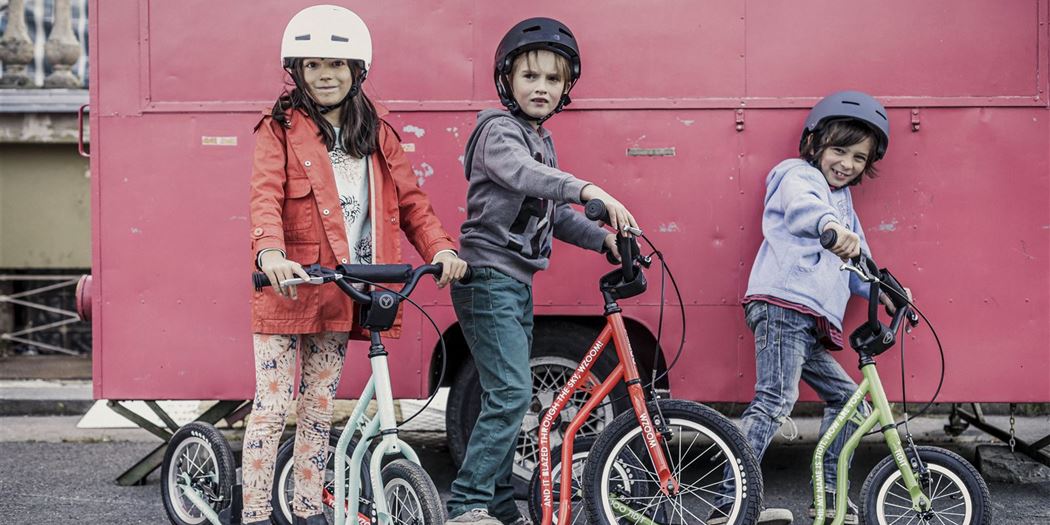
Four ways to motivate
“There are four basic ways, in which we humans perceive the world: through emotions, reason, the body, and relationships. Although we use all four, one of them is always closer to us.
If the child understands you, your communication is much more efficient.
The prevailing way of perceiving and evaluating information then influences our functioning in life and behaviour in specific situations.
When you make duty and task a comprehensible matter for the child, connected to the fulfilment of his/her inner need, you will have won. “In both children and adults, then, we distinguish four types of communication – emotional, intellectual, social, and physical.
If you speak to your child in his/her language, they will know that you understand them, and this will inspire confidence and a willingness to cooperate.
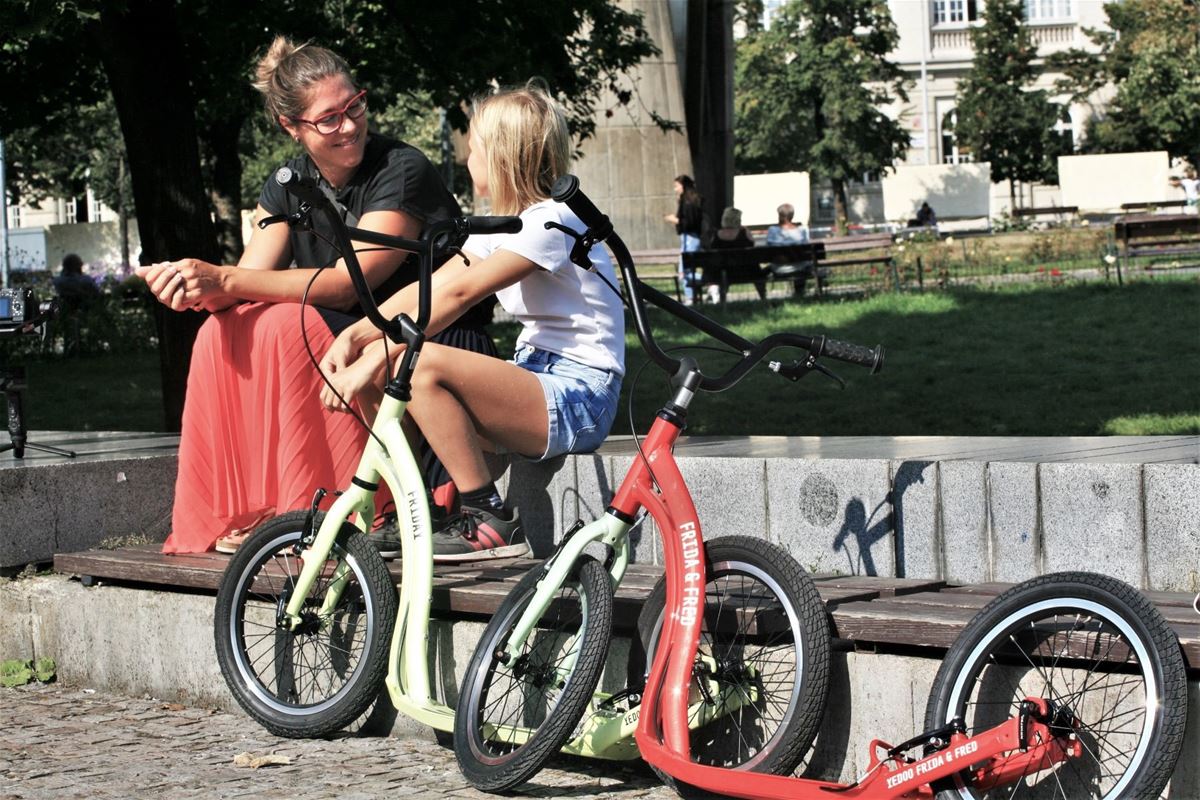
Children, who perceive the world around them through feelings
Suitable questions
“How are you feeling? Do you like it? Why are you sad, annoyed, etc.? What’s bothering you? What would make you feel good? ...
Express your feelings, too: I am glad you managed. I am angry, because you’re not listening to me.”
“Don’t be afraid to talk about your feelings, children can sense them anyway, because 95 percent of all communication is non-verbal. If you tell them, they will feel safe with you.
What can you convince them with?
“To do a hike, a ski or bike trip with you, kids need reassurance that they can do it and they should know what the sub-goals are. Where will the refreshment stop be etc...
“Children of the emotional communicative type strongly perceive feelings and emotions, not only their own but also those of other people. Their basic motivation is to feel good.
They perceive the atmosphere of the environment very strongly. When it is pleasant and harmonious, they have no problem engaging in any activity.
You will gain the trust of these children by talking to them about their feelings, while also expressing your own.”
With small children, you can spend the journey telling stories along the way, sing, have a sweet reward at the top, etc. “With bigger kids, it is more complicated. They can cope with strain more easily in a peer group, where they motivate each other.”
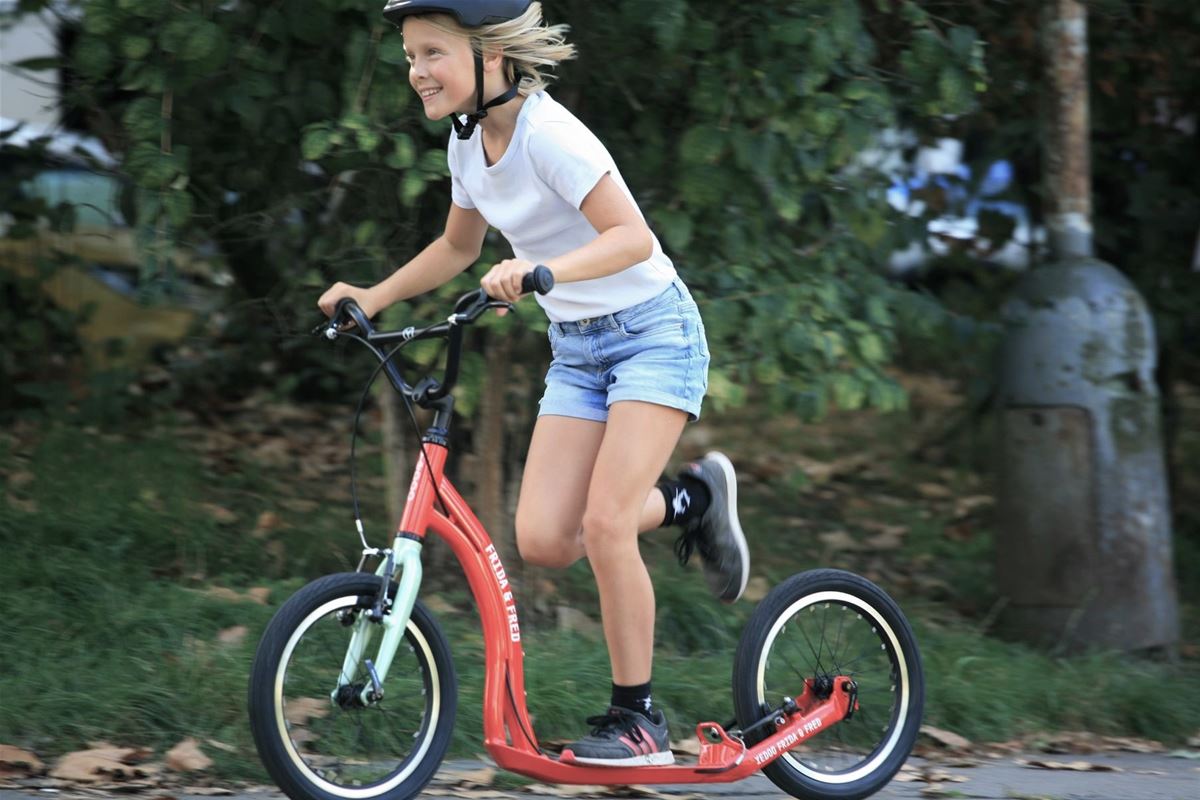
Reason-based children
What can you convince them with?
“Before they hike with you, they need to know how many miles they will cover, whether they will hike on a road or a forest trail, how high they will climb, how many refreshment stops there will be, etc.”
Suitable questions
“Do you understand this? What else would you like to know? Do you know everything? If anything is not clear, ask me. Do you see what I mean by this? Does it make sense to you?
“For children of the rational communicative type, who perceive the surrounding world primarily through their intellect, information is the most important.
Their basic motivation is understanding. Before they start doing something, they need to understand, why it is good for them.
It is best, if you present it to them in the form of simple logical arguments that they can made heads or tails of.
If you explain to them the profound health benefits of regular exercise, they will listen to you and then decide whether to cooperate, based on their experience, motivation and the quality of your explanation.” You may find inspiration from the article on the effect of exercise on human immunity, for example, which you can find here.
You, too, take interest in them in a way that is close to them. If you do not understand their behaviour, ask them: Explain to me, why you are doing this? I don’t understand this. How can I help you? etc.”
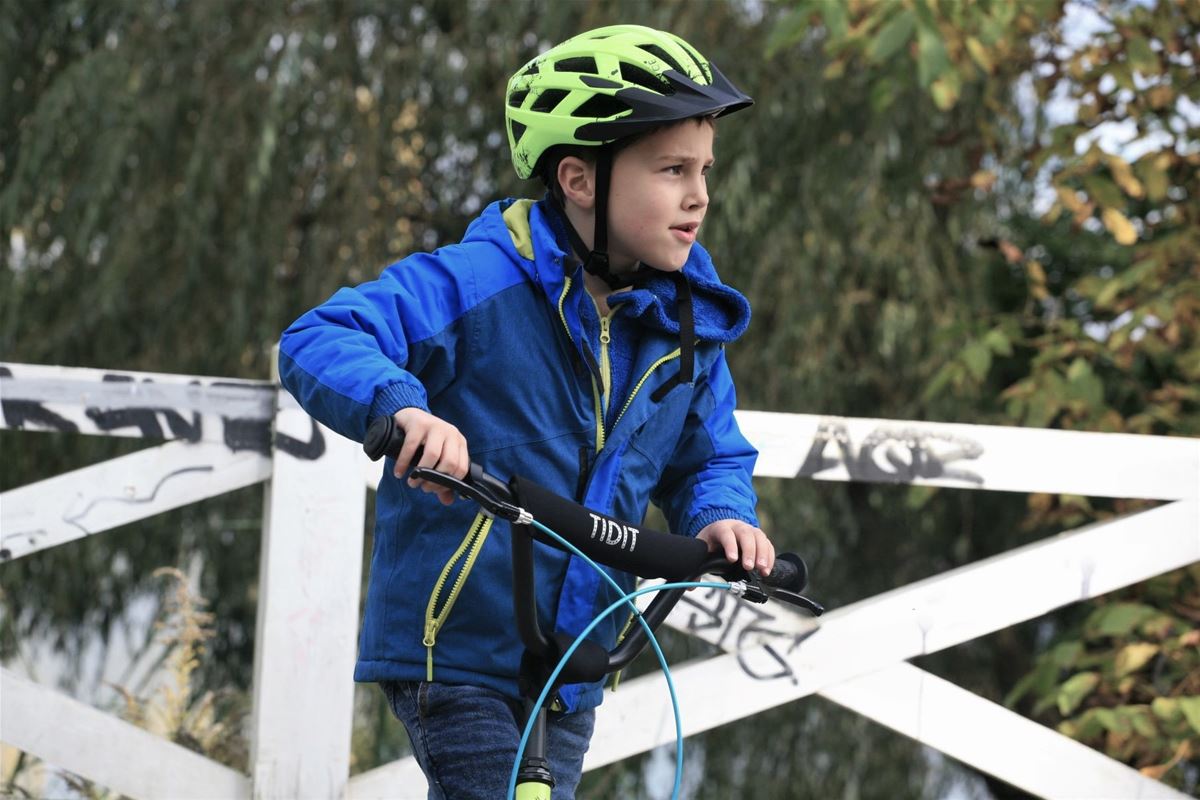
Children, who perceive the outside world through relations
What can you convince them with?
“The examples of others, movie and book heroes, as well as family members or friends, work well on social-based children."
Suitable questions?
“Can you remember, how that boy in the movie did it? Ask dad, what he did at your age. Well, when I was little… I do not know, how you want this, but I would do it this way…
“For children of the social communicative type, harmonious relations with others are the most important thing. Their greatest motivation is to be part of a group, to belong somewhere.
They are interested to know, how others feel about it, what others think, etc. They try to make the relationships around them work. Often, they are the so-called caring types.
They are best motivated by stories, from which they take inspiration for their behaviour.”
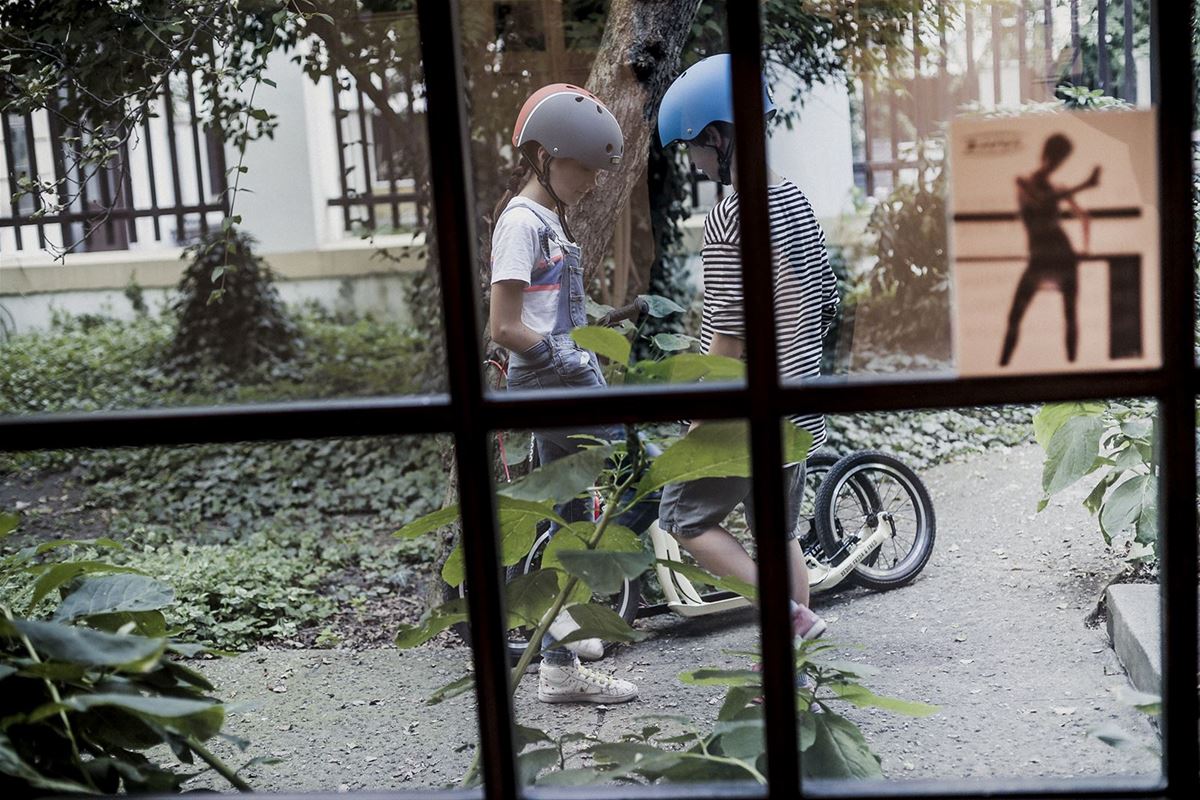
Children, who perceive the world through their body
Suitable questions?
“Are you hungry, or thirsty? Did you sleep well, etc. Are you aching? Would you like a massage? You look very good today, etc.”
What can you convince them with?
“Before they go on a trip with you, they need to know that it’s a great workout for their body, their muscles will grow...., that you’ll cook soup on a portable stove along the way, or that you’ll stop somewhere to get something good and in the evening you’ll go to a swimming pool or whirlpool...”.
“Children of the bodily communication type are strongly aware of their bodily feelings and needs, the most important thing for them is their bodily well-being.
On the other hand, any physical discomfort throws them off balance, they get irritable and there is nothing you could do about it.
More than other types they need body care – massage, warmth, bath, etc.” They need to have food, drink and be rested before they go on a trip with you. Then they work without problems in most activities.
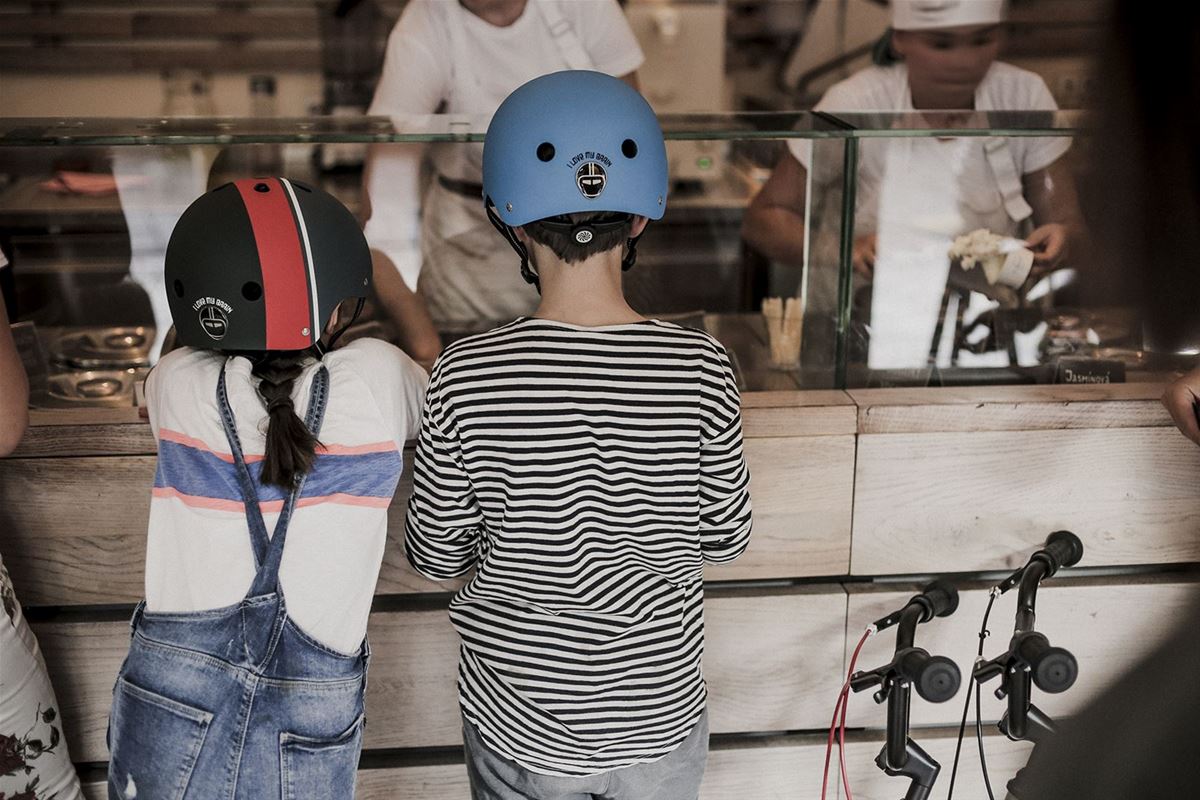
Motivation by reward
“Before children understand that moving outdoors is good for them, they need a reward in addition to reasonable goals. The driving force, besides having a good time, could be ice-cream, a pancake or other goodies you enjoy together at the top.”
Diagnosing communication types
You can easily guess what communication type your child belongs to from the language he/ she uses when communicating with others.
Sports psychologist Radka Kulhánková uses the Colour Association method, among other techniques, a diagnostic method based on colour-word associations, to determine the communication type of children and athletes.
“The method casually reveals the inner setup of the client, their individual and group feelings, values, etc., which helps me as a therapist to find out what motivates the client most, how they think, etc. without long conversations.
Due to its playfulness, ease of use and relative quickness in diagnosing clients, it is particularly suitable for children and sports environments,” Radka Kulhánková explains the benefits of the CA method.

